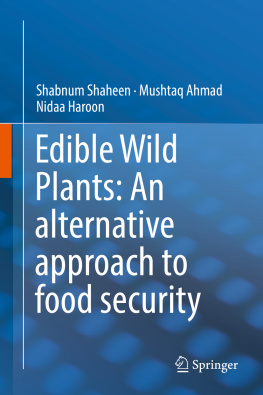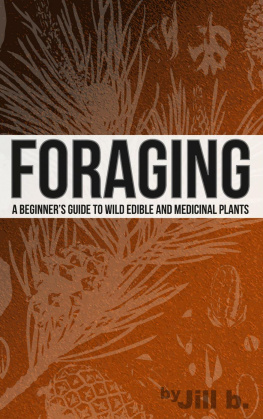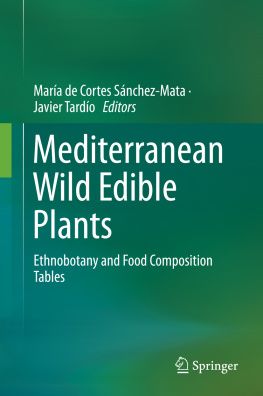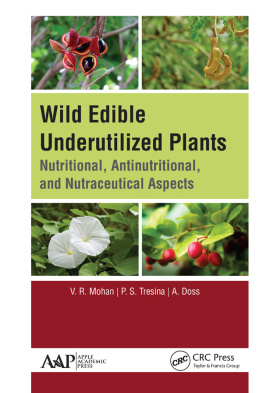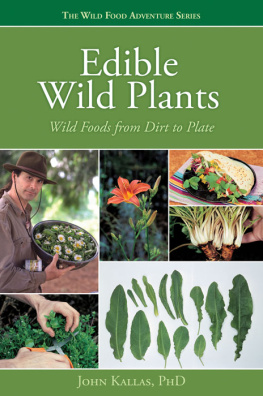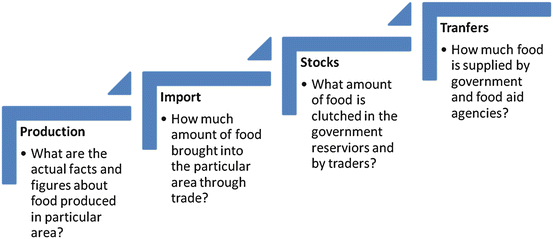Food security is a contrary term to food insecurity. It has a wide range of concept based on the fundamental food issues.
1.1.1 Origin of Food Security Concept
The food insecurity alarm has been rung up when in the 1970s agricultural polices caused changes in world economy and drew attention toward the causes of world food crisis of that particular period. In 1974 for the first time, the World Food Conference held in Rome passed its verdict on this issue [1]:
Every man, woman and child has the inalienable right to be free from hunger and malnutrition in order to develop fully and maintain their physical and mental faculties. Accordingly, the eradication of hunger is a common objective of all the countries of the international community, especially of the developed countries and others in a position to help.
Later on it was recognized that the issue of world starvation and its related causes are based on a number of different problems with intersecting roots. This problem aggravated during 20072008 when a significant rise occurred in world oil prices (more than 100 USD), the use of biofuels, export constraints, procurement with anxiety, and devaluation of US dollar [2224]. Along with these issues, population explosion, sudden climate modulation, industrial revolution, and conversion of agricultural land into residential also reinforced this food security concern [2528]. Unfortunately no necessary and effective preventive measures have been taken so far, and now these food riots have been spread across the world [24].
1.1.2 World Food Summit
The 1996 World Food Summit had been held in Rome which aimed to compete against this hunger problem. In response to this widely growing hunger and undernutrition problem, FAO (The Food and Agriculture Organization of the United Nations) called a conference. Two chief documents have been produced by this conference, i.e., the Rome Declaration on World Food Security and the World Food Summit Plan of Action [5, 6].
The Rome Declaration assigned a duty to the United Nations members to prepare a comprehensive list of undernourished individuals on land by 2015. For accomplishment of food security at personal, family, nationwide, and worldwide levels, the Plan of Action has been to propose certain targets for governmental and nongovernmental establishments. Recently another World Summit on Food Security has been dismounted on November 18, 2009 [7, 8].
1.1.3 Probable Definitions of Food Security Concept
It is quite difficult to state precise definition of food security. There are about two hundred (200) definitions and four hundred fifty (450) food security pointers. Some of the more reliable definition has been listed here:
According to 1996 World Food Summit:
Food security exists when all people, at all times, have physical and economic access to sufficient, safe and nutritious food that meets their dietary needs and food preferences for an active and healthy life.
This definition underlines the significance of accessibility, availability, utilization, and stability in concern to food security. This means that both financial and natural resources and human ability of taking in food in combination determine the food access and its entitlement.
According to WHO (World Health Organization) :
The meaning of food security is that:
All times physical and economic access of all people to gain sufficient food for a healthy and active life.
Adoption of sustainable and respectful means of food production and distribution.
Food must be nutritionally satisfactory and also acceptable culturally.
Public Health Association of British Columbia (PHABC) also states about Community Food Security :
Community food security exists when all citizens obtain a safe, personally acceptable, nutritious diet through a sustainable food system that maximizes healthy choices, community self-reliance and equal access for everyone.
FAO (Food and Agriculture Organization) also restates its vision in this regard in 2007 during the 33rd meeting of the Committee on World Food Security where it was affirmed that:
FAOs vision of a world without hunger is one in which most people are able, by themselves, to obtain the food they need for an active and healthy life, and where social safety nets ensure that those who lack resources still get enough to eat.
All these definitions made this clear that it is the basic right of every person that he or she should have the accesses to appropriate supplies of safe and healthy food of their own choice.
1.1.4 Factors Determining the Food Availability
Food availability is actually the physical existence of food in the particular area by means of all forms: inland production, profitable imports, and food aid. This phenomenon might be aggregated at the community, district, national, or regional level, and its usually determined by the following factors: [9].
Factors determining food security (REF)

